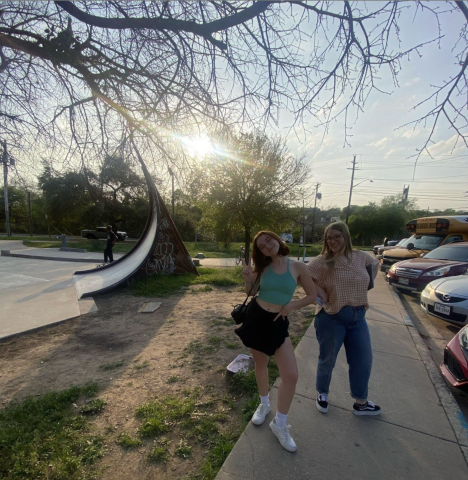ReAdventure: The Start of a Reading Game Prototype that Meets Students Where They Are
Athena Hawkins, Kamryn Brownlee and Gracie Warhurst
First, we learned this week that we’ve been neglecting updates to our design question. After surveying and interviewing our stakeholders, we realized solutions for high schoolers and elementary schoolers would look vastly different. A successful product would require us to narrow our focus to just one of those age groups. We needed to make that decision then update our design question to reflect it.
We drafted a pros and cons list for creating a solution for elementary schoolers, and another pro and con list for focusing on high schoolers. We listed a pro for high schoolers when it came to access. We discussed how it might be easier for us to access high schoolers than elementary schoolers, since high school-aged kids are older and might have greater freedom with their devices (obviously, we are adults, and it is not appropriate for us to contact elementary-aged children via the internet). Still, we knew through interviews that our solution would likely be managed and distributed through teachers. When it comes to teachers and educators, we had far more respondents for elementary-aged students.
After reviewing each list, we decided to narrow our focus to elementary school students, and we updated our design question to reflect the change. Now, it states: “How might we get more elementary school students in the Austin area reading?”
Our stakeholder interviews also provided us the valuable insight that today’s students are more interested in technology (mostly phones and tablets) and games than reading, and that they are motivated socially — offering a pizza party as a reading incentive wasn’t going to cut it.
With these insights, we started brainstorming for our digital product: ReAdventure, an online, single-player adventure game to explore reading interests that caters primarily to third, fourth and fifth graders. In our prototyping phase, we hope to develop concept art, storyboards and sample copy.
But before we got there, we used design thinking values to make sure we brainstormed other ideas. We came with an idea for “reading groups” where elementary students would take a personality quiz to match them up with a book, then get paired with a mentor who could read along with them. We also came up with a merch-based incentive system, where students would be able to earn t-shirts, stickers and buttons related to the book they are reading based on how many chapters they’ve read, in order to connect reading with real life. We don’t want to throw these ideas away. Hopefully, we’ll find ways to incorporate the best aspects of these ideas into our final product after different iterations.


